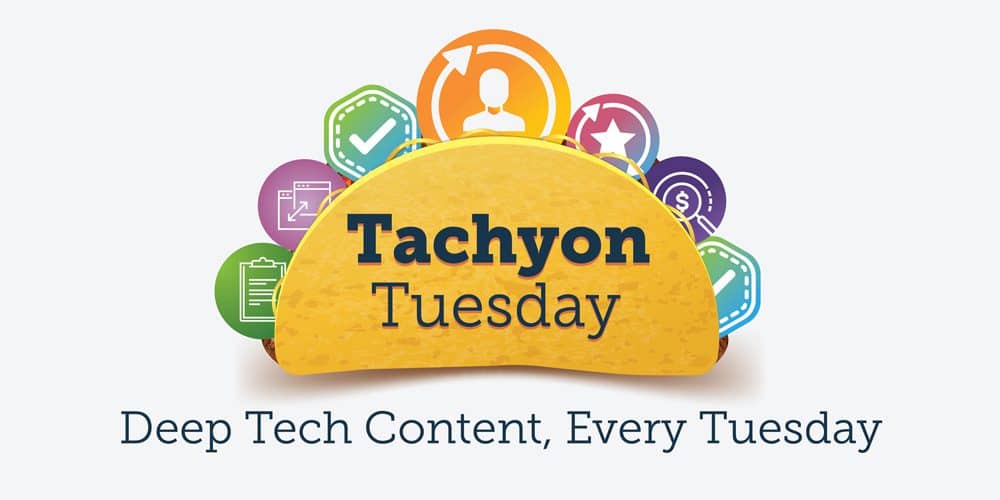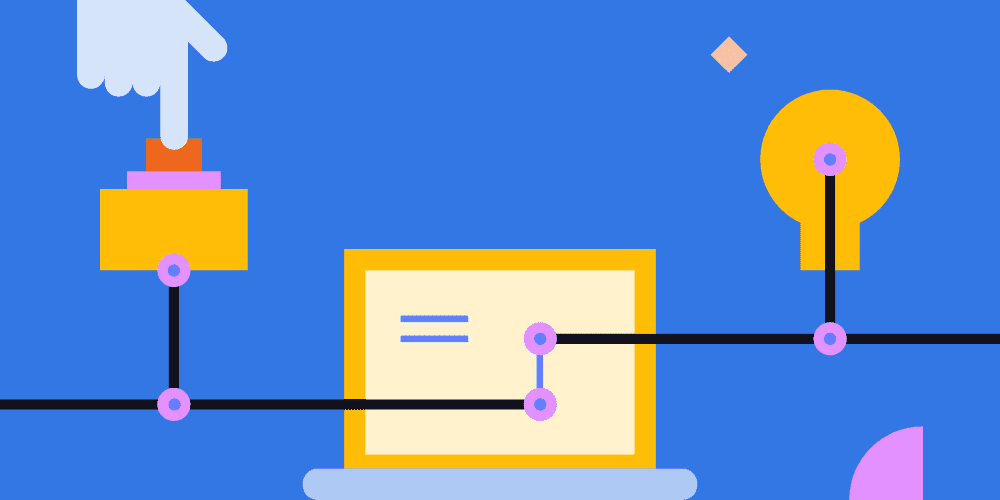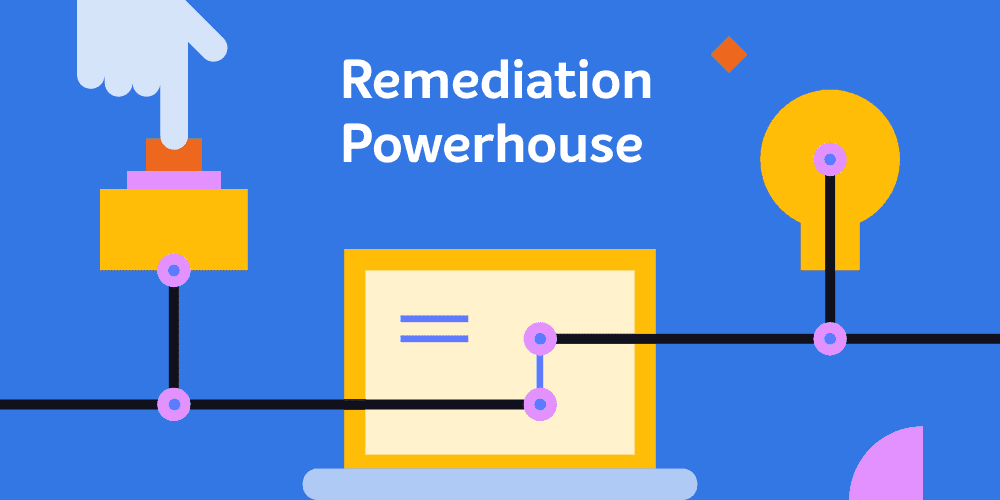I’ve heard the phrase “White Glove treatment” several times in relation to support organizations. Often, specifically, regarding VIP’s – senior staff and executives. There seems to be a belief that for these staff, or sometimes for as many staff as possible, there is a desire for “the personal touch” – that when things don’t work or go wrong, that these staff want to have someone spend time with them to solve the problem.
Of course, given that most of us are working from home, that “time” is now almost always spent with a screen sharing app. Someone from the helpdesk will get in contact (as quickly as possible if it’s a VIP) to start a screen-sharing session and have a look at what the end-user is seeing, in short order they will likely take control of the user’s device to make whatever changes are necessary to resolve the problem.
There is some assumption that this screen-share session is the highest pinnacle of support, the modern-day equivalent of “White Glove” treatment.
I was quite shocked recently when discussing implementing Tachyon’s self-service integration with ServiceNow’s Virtual Agent with one of our partners. They offer support to a large insurance company and they wanted to offer the Virtual Agent to everyone, except their VIP’s!
Now, maybe it’s just me, but if my device has an issue, ideally:
- The device will identify and self-heal the issue proactively (I’ll never even know I had a problem in the first place) – OR –
- I’ll be able to go to a self-service portal, briefly describe my option and be able to click a button to have the problem resolved immediately
In other words, especially if I’m a busy exec, the last thing I want is to lose time from my day job to allow someone from the helpdesk take control of my device and diagnose the issue. If I do have to resort to logging a ticket or incident, or calling someone I’d quite like them to be able to:
- Solve the problem remotely, without interrupting me or my work causing more interruption than the issue already has
Only when all of those 3 options have been exhausted would I, personally want:
- The “White glove” treatment, where I need to screen share, re-describe the problem, watch someone else try to come up with a solution and let them take control of my device to magic the issue away
The irony of course is that, in terms of time and expense, self-healing is the cheapest option and the costs escalate more and more as you move towards the screen share. BUT, as in many walks of life, more expensive here does not mean better! Many organizations seem to confuse or conflate cost and benefit. Yes, we want our VIP’s up and running and back to efficiency as quickly as possible – but that doesn’t mean it’s always the best option to jump on their machine and take control.
A quick side note on self-service. When your self-service “chatbot” or “portal” or whatever leads the employee to a document (knowledge base article or whatever name you want to give it) which guides them through the 12 steps necessary to setup or reconfigure application X or VPN Y – that’s a bad end-user experience and a waste of time. If that chatbot or portal can help them identify the issue and actually solve it by taking those steps for them at the click of a button, that’s a positive experience and true value add.
End-users, be they VIP’s or anyone else, feel more positive when they can resolve issues on their own, without needing to wait for someone else to help, or to be interrupted by that help. If that help is via a portal, they can also see examples of other things that they can do for themselves in future – at a time when it’s relevant to them and suitable for their needs. That’s far more appropriate for VIP’s than rapid response “White gloves”.
That doesn’t mean that screen sharing, and indeed rapid response has no place. But even for VIP’s it should become a third line option – if self-healing and self-service are both not successful – then, if a VIP logs a ticket, you do want fast response, so maybe that’s where those white gloves should be relegated to.
I posit that screen-sharing should be the last resort of modern IT support services. However, it is the go-to for many service desks. What’s more, limitations in the implementation of Microsoft’s own “Quick Assist” mean that service desks often invest in third party vendors tooling to offer screen sharing.
In next weeks vlog we’ll look at how you can implement Quick Assist via Tachyon to eliminate issues with UAC black screens and escalation of privileges and how much faster it can be to fix something via ITSM Augmentation than via screen sharing. Let’s compare and see if I can sway you to my argument!







